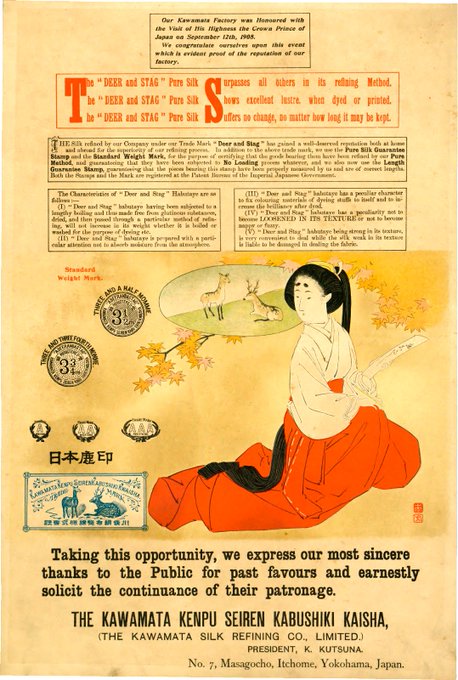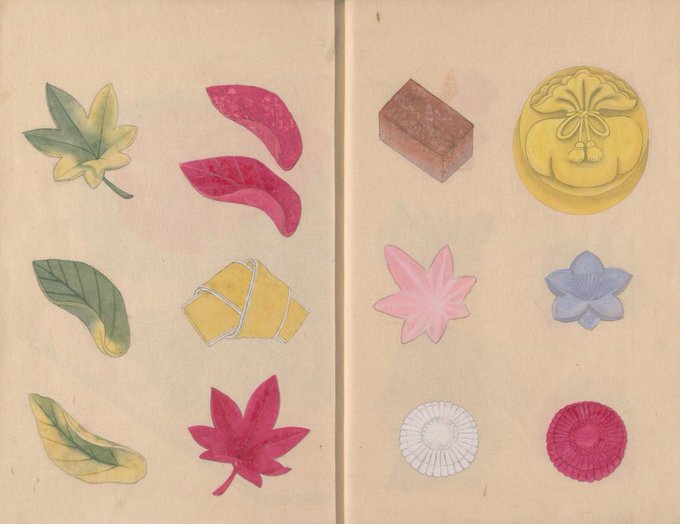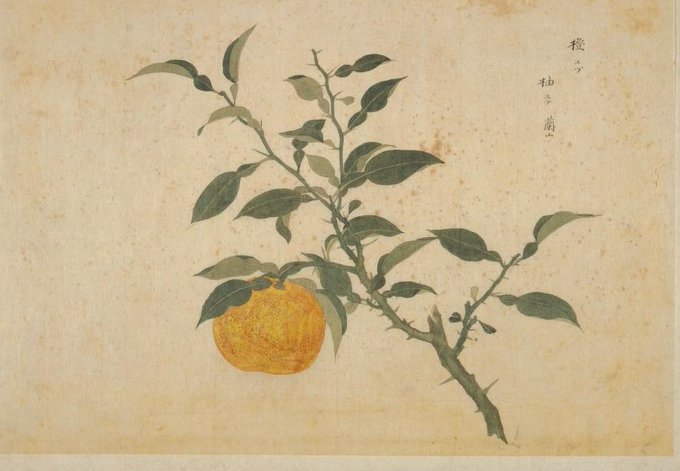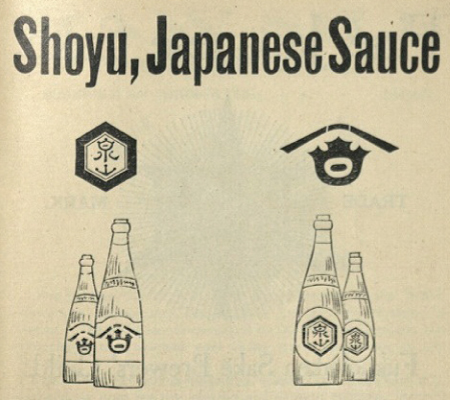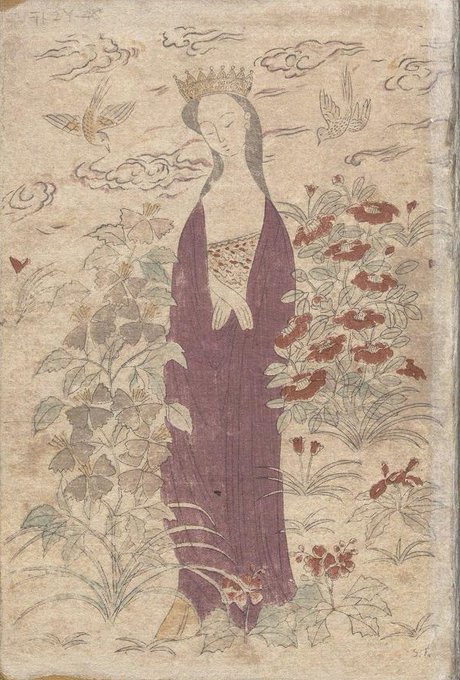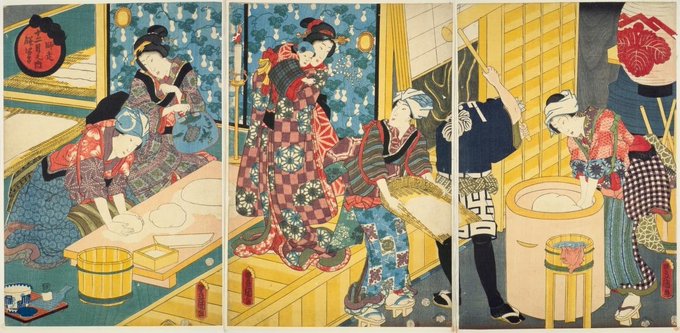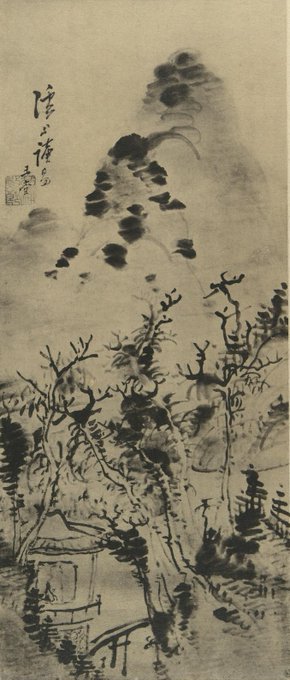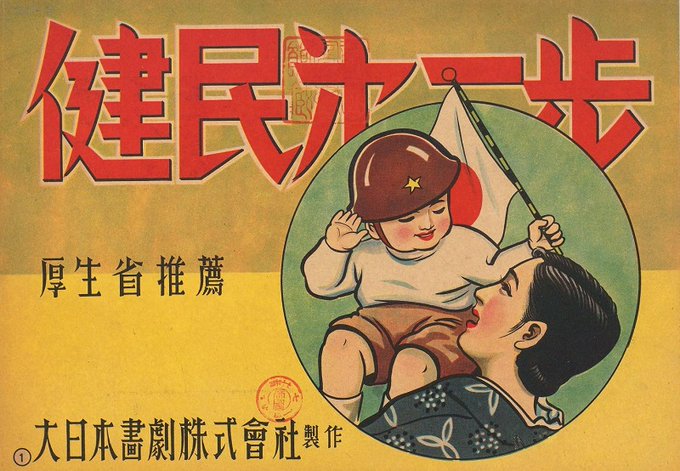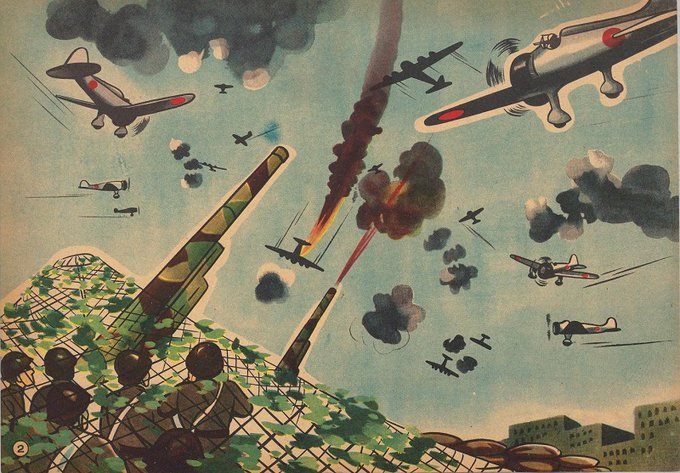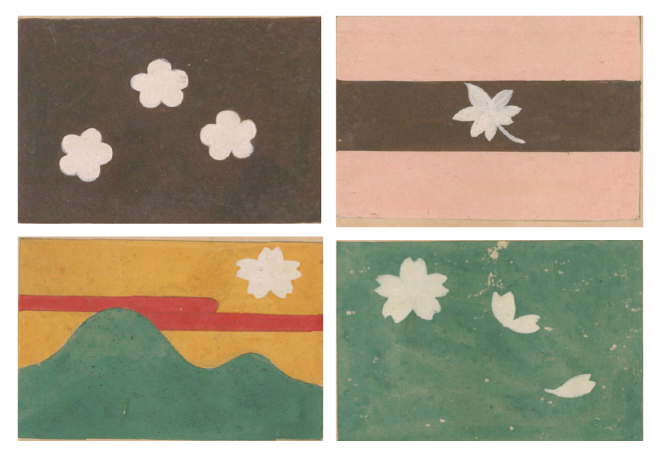ndldigitalのTwitterイラスト検索結果。 294 件中 5ページ目
#Meiji Shojo Setsuyo is an encyclopedia written for the girls of the time, containing a variety of information ranging from history, geography, and literature to domestic affairs, arts, and hobbies. #ndldigital https://t.co/SCEZI7BEKf
Official documents convey how political power was handed over from the Kamakura shogun to regents: #ndldigital https://t.co/rmJ4t3P1Di
Look at the people in the early Meiji era. Kobayashi Kiyochika, one of the last ukiyoe artists, depicts various scenes of the Tokyo area. Published in 1884. #ndldigital https://t.co/1A0XgreIMN
An notable work of nishiki-e by Utagawa Toyokuni III, in which the Shichifukujin (seven lucky gods) are building a large structure in the shape of the Chinese character 壽, which stands for felicitations: #ndldigital https://t.co/FFsGwWJlUS
New Year event by firefighters! Acrobatic performance on ladders has been a tradition since the Edo era. #nishikie #ndldigital https://t.co/JjnQPB0N2H
The months of the year are hidden in the picture. Can you find them? The answer is here: https://t.co/6lt0kmao4v #ndldigital
This beautiful artwork was taken from Meiji-period calendars. Check out the stories hidden behind them: #ndldigital https://t.co/cbo3UqtUFR
Take a look at the first sunrise of the year as depicted by Utagawa Hiroshige. In those days, many people gathered in Suzaki to watch the first sunrise. Women are walking along the snow-covered road. It seems so cold. #ndldigital https://t.co/zFBM5gXFNO
Japan has various seasonal events throughout the year. We wish you all the best for this year! #ndldigital #ChildrensBooks https://t.co/pAJgCluQEo
Have you ever eaten #Washoku, traditional Japanese cuisine? #Hiroshige depicted #ukiyoe of delicious seafood which is essential for Washoku! #ndldigital https://t.co/2xwkGwCyOH
#Wagashi, Japanese confectionery, is used as gifts for weddings, ceremonies, farewells or souvenirs. These were drawn to show sample designs to customers in the 1880s. #ndldigital https://t.co/Zj9hRojYS7
Do you know the Japanese traditional custom on winter solstice called Yuzuyu? People take a bath with Yuzu (a kind of citrus) for good health. It comes from a play on words, Toji (冬至: the winter solstice) and Toji (湯治: hot-spring cure) . #ndldigital https://t.co/44KWsEu9xO
Tofu, edamame, soy sauce - these Japanese favorites are all made from the same plant! https://t.co/9Ic4UJnXue #ndldigital
105th anniversary of the death of Natsume Soseki (1867-1916), a major figure in modern Japanese literature. "Meian" (Light and Darkness), the last novel of Soseki, was unfinished at his death and published in 1917. #ndldigital https://t.co/25N5jOmlvF
Japanese translation of Grimm’s fairy tale, "The wolf and the seven young kids," published as "Eight goats" in 1887. You can see two pop-ups in this book. #ndldigital https://t.co/kmRJyKAeAb
At the end of the year, the sound of pounding rice cake was heard every day in the streets of Edo. The embraced child is holding Mochibana (rice cake flowers) which is a Japanese New Year's decoration. #kunisada #toyokuni3 #nishikie #ndldigital https://t.co/0IMITuELhF
Drawings of foreign #horses being imported to Nagasaki. The 8th Shogun Tokugawa Yoshimune imported Western horses via Dutch ships several times. #ndldigital https://t.co/FPRvCdRwyf
Bunjinga (literati painting) by Uragami Gyokudo (1745-1820). He was also known as a musician and poet. #ndldigital https://t.co/4NGAQ6QDAf
This picture-story show, published in 1942 during #WW2, is to teach women to bear more healthy children for the sake of victory in the war. Those days there were more than 300,000 miscarriages and stillbirths per year in Japan. #ndldigital https://t.co/8g654ubnFp
Gain insight into the history of Japanese sweets and confectionery: https://t.co/iiErXcxwxy #ndldigital











